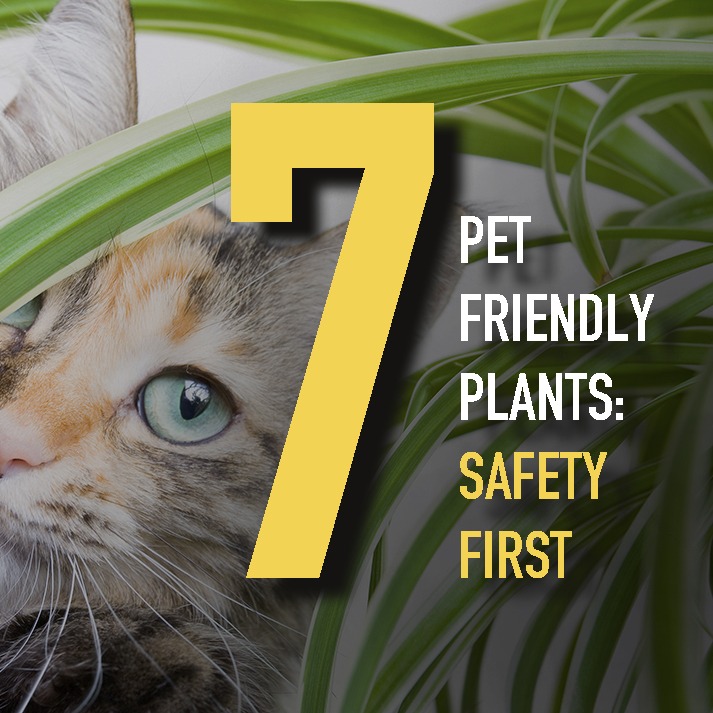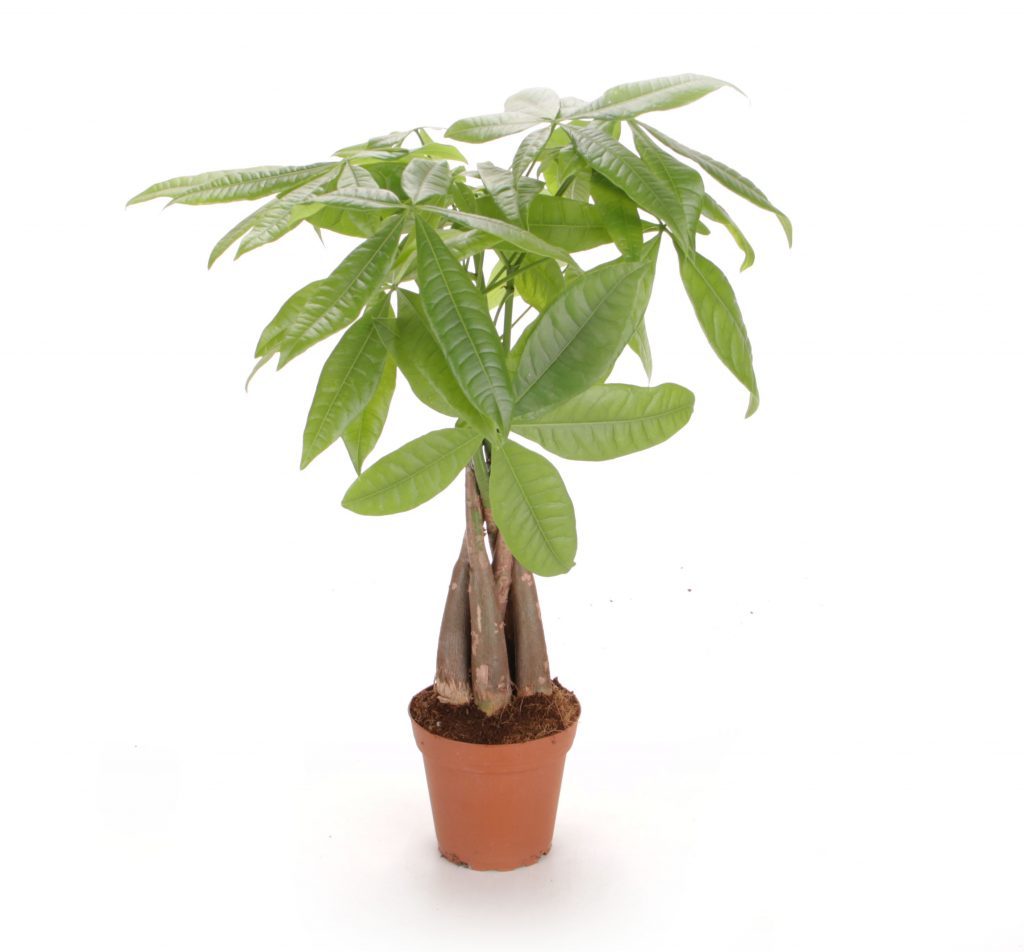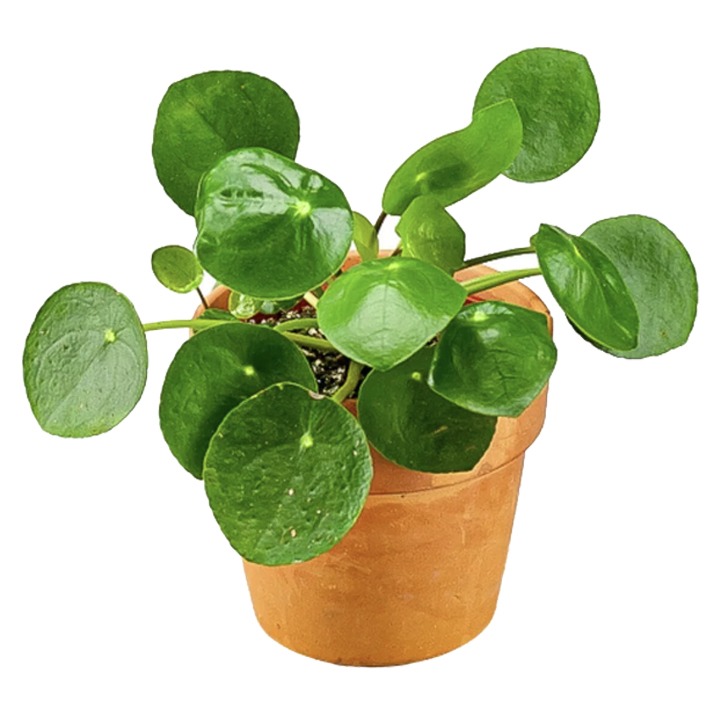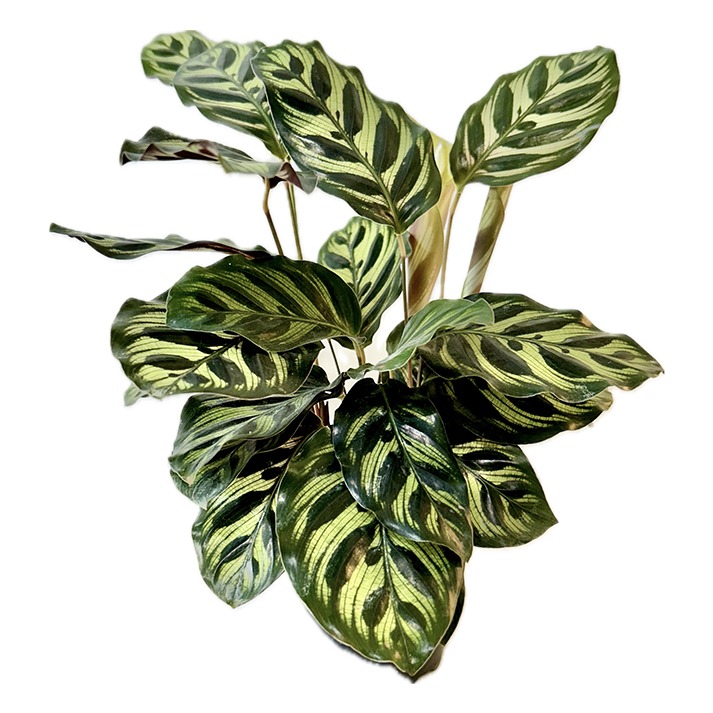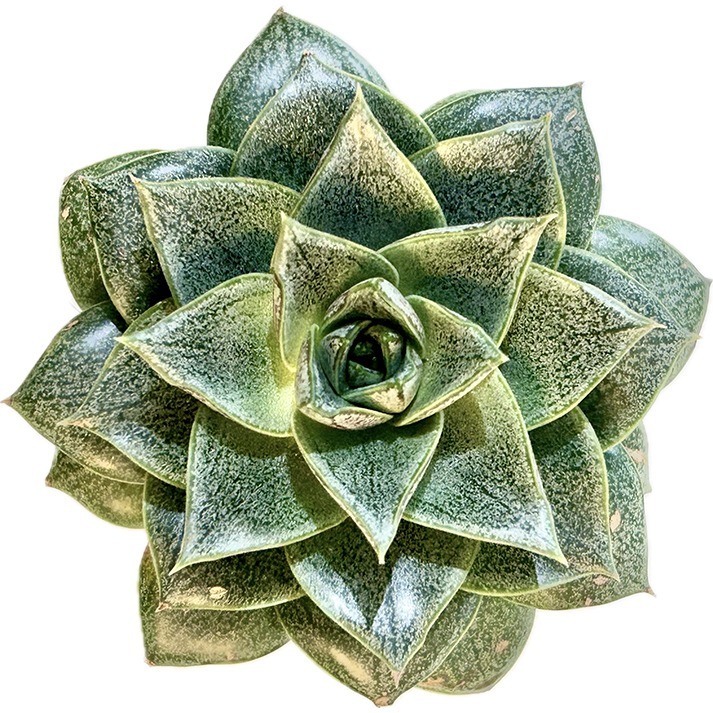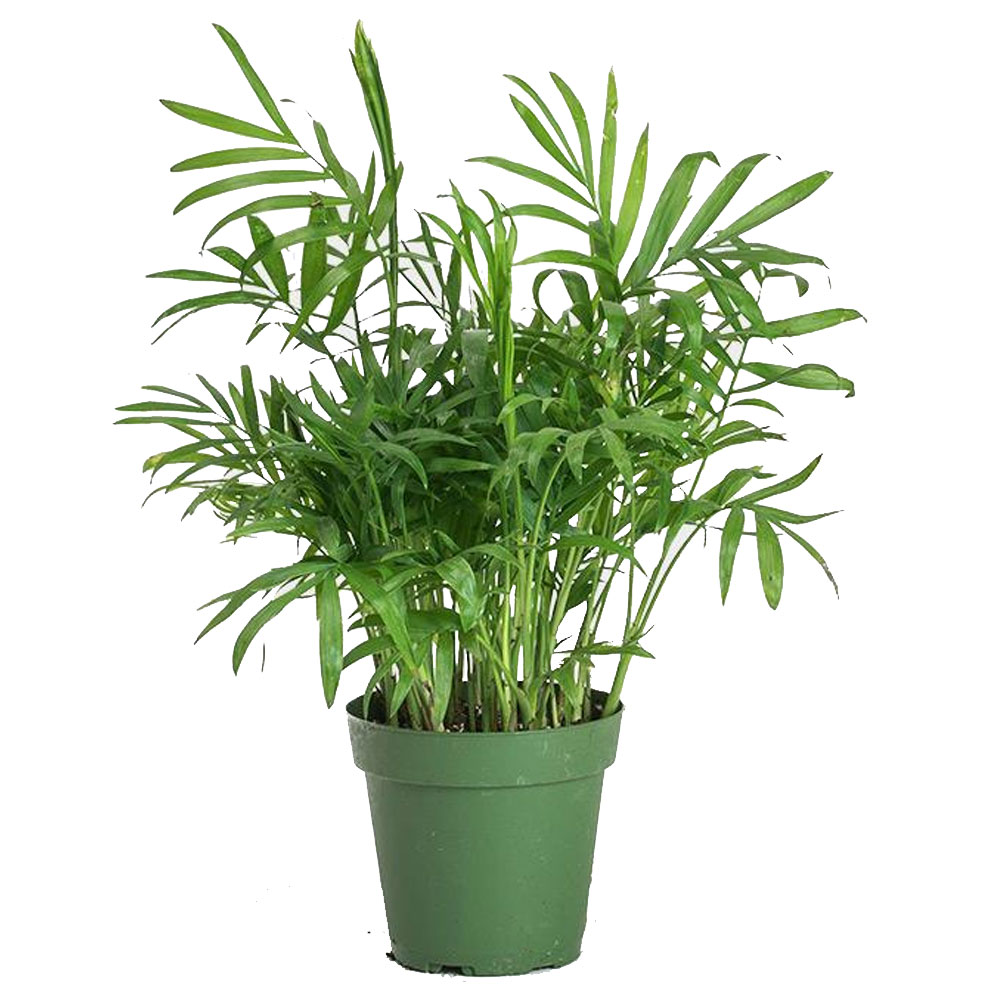7 Pet-Friendly Plants: Safety First
Our beloved cats and dogs are more than just pets – they are cherished members of our family. Like little babies, they are naturally curious and require our care and attention. We strive to teach them not to nibble on plants, but sometimes, their curiosity gets the best of them, risking their health. When bringing new plants into our homes, we often wonder if they are safe for our furry friends or if they could threaten their well-being. Before adding any new greenery to your space, always make sure to inquire about its safety for pets. When in doubt, it’s better to err on the side of caution. Additionally, feel free to explore our selection of non-toxic plants at Micro Plant Studio, where we prioritize the well-being of your beloved pets. Here are 7 pet-friendly plants you can confidently welcome into your home, knowing they won’t harm your animals.

